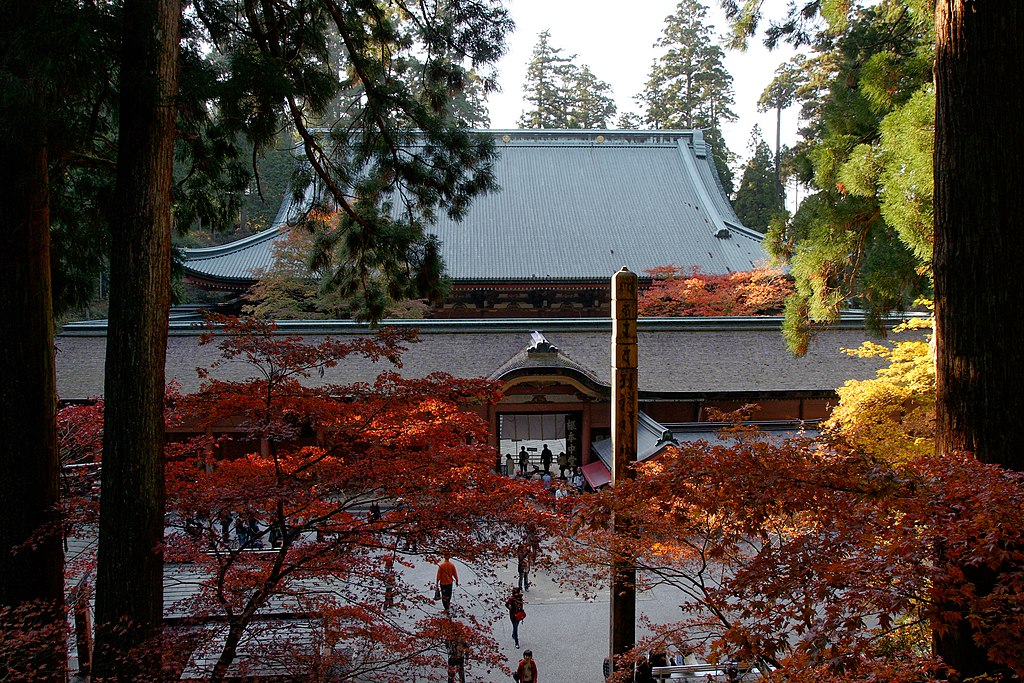“A connotation of the Japanese term ‘shugyo’ or simply ‘gyo’ (self-cultivation) is that of training the body, but it also implies training, as a human being, the spirit or mind by training the body. In other words, ‘shugyo’ carries the meaning of perfecting the human spirit or enhancing one’s personality” (Yuasa Yasuo).
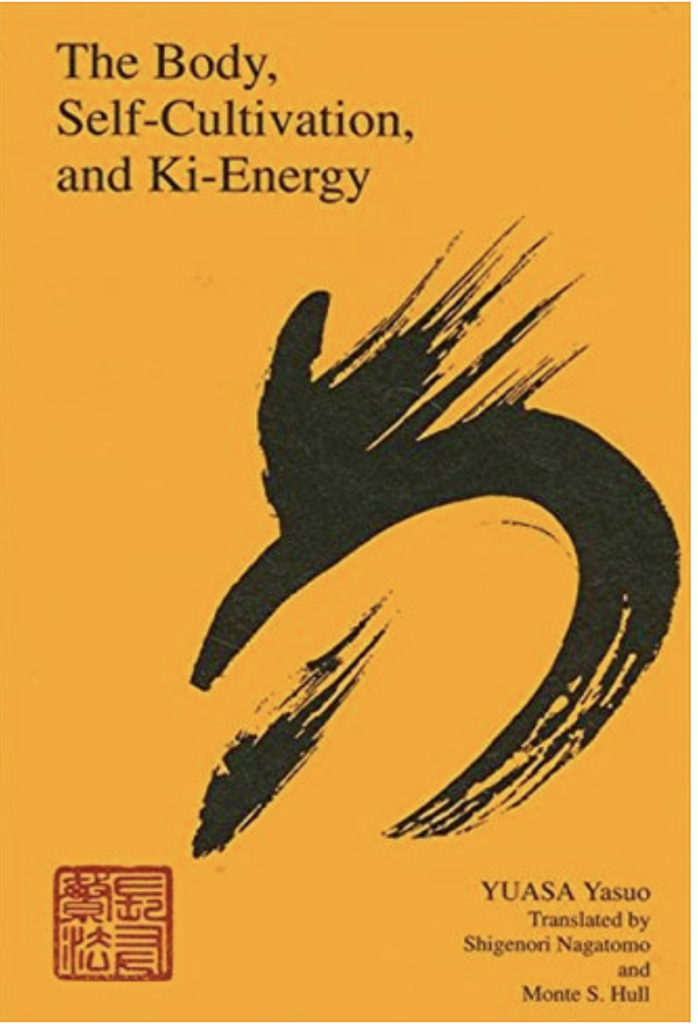
A few years after he published The Body – Toward an Eastern Mind-Body Theory, Yuasa wrote The Body, Self-Cultivation, and Ki-Energy, in which he develops most of the topics he had raised in the first book, and I felt it was best to refer to the updated version of his scholarship that is available in the second book.
Both works focus on the role of the body in Eastern thought as the basis for self-cultivation, which allows its practitioners to acquire mind-body unity, while in the West, mind and body have been seen as separate, and anything resembling self-cultivation can only be found in the works of mystics, and there it often reflects a rejection of the body to free the spirit. In the context of a religion based on a “spirit-flesh dualism” where “the spirit is to be saved by torturing the flesh, the principle of sin,” it amounts to a “neglect of the value of the body.” In contrast, in the East, where mind and body are taken to be inseparable, it is never a question of “neglecting the value of the body.” It is just the opposite: “training the body has been given positive meaning and value as a technical means of enhancing the spirit and personality.”
As self-cultivation is a practice close to Yuasa’s heart, he devotes most of the second book to it, describing it, providing the Eastern cosmological background on which it rests – basically, the flow of ki-energy – as well as exploring the views of Western philosophers who have resonated with an inherently dynamic nature of reality, such as Bergson and Merleau-Ponty. He also presents the results of his study of Western scientific research in psychology, neurophysiology, somatic medicine, as well as studies of the unconscious, especially those of Carl Jung.
Shugyo
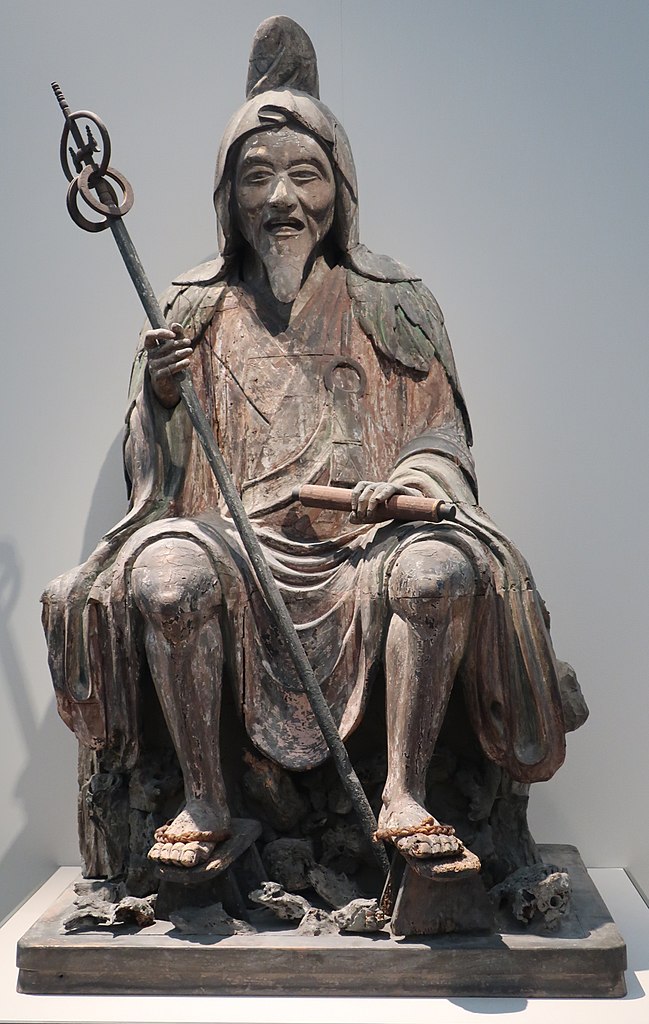
Self-cultivation in Japanese is shugyo or simply gyo. Yuasa engages the topic from a broad perspective, going beyond Buddhist meditation to include such Japanese practices as that of the Shugendo, mountain ascetics more or less associated with the Shingon school, martial arts, and other types of walking meditation.
Yuasa writes: “A connotation of the Japanese term ‘shugyo’ or simply ‘gyo’ (self-cultivation) is that of training the body, but it also implies training, as a human being, the spirit or mind by training the body. In other words, shugyo’ carries the meaning of perfecting the human spirit or enhancing one’s personality.
A short history of Buddhist cultivation in Japan
In India, the homeland of Buddhism, one rarely sees the term “self-cultivation” being used to describe the spiritual practices of the Buddhists, and those of the yogis and other sramanas Shakyamuni joined when he left home to go on his quest. Yuasa points out that the word tapas could be regarded as equivalent, but the etymological meaning of tapas is “fire” or “heat” here used in a metaphorical sense of mental heat or mental fire. “Tapas is said to refer to the internal warmth which creates something new from within oneself, just as a bird hatches its chick by warming an egg.” In the West, tapas has been translated as “creative heat.” It can also apply to the inspiration of a poet. “In short,” Yuasa writes, “it may be understood as an energy that gives birth, through training various capacities of the body, to awakening a new self from within one’s soul, or to a new function of the spirit.” I can’t help noticing that the heat metaphor in tapas brings to mind a very different image from that of “cultivation,” something fierce likely to attract attention in contrast to the silent unfolding of plants growing in a garden. I see that the word is often used to refer to the harsh “austerities” practiced by Jains whose aim was a literal separation of the monad from the body, sometimes attained through a twelve year-period of self-starvation.
The concept of self-cultivation arose in China, and it is during the Heian period (794-1185) that Chinese Buddhist cultivation methods were “appropriated on a large scale in Japan. There is a book called Makashikan which is valued in Tendai Buddhism. It was written by the Chinese Tiantai/Tendai Master, Chigi (Ch Chih-i and now Zhiyi, 538-597), and deals with self-cultivation methods and medicine … Chigi broadly distinguishes two cultivation methods, samadhi through continual sitting [joza zanmai] and samadhi through continual walking (jogyo zanmai].”
“Samadhi through continual sitting,” at this point refers to the new Tendai school founded by Saicho on Mt Hiei, as well as the Shingon school, founded by Kukai on Mt Koya.
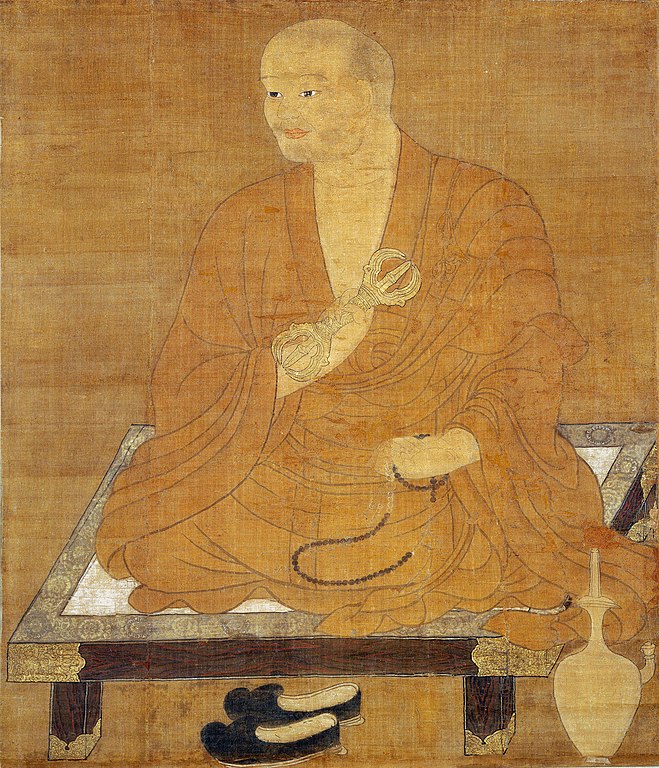
Yuasa writes: “Heian Buddhism developed with Esoteric Buddhism [Mikkyo] assuming a central role.” In Shingon, the original source of esoteric Buddhism, “the body-mind function is called ‘the three mysteries’ (sanmitsu) of ‘the body [shin]’, ‘the mouth [ku]’, and the ‘intention’ [i], and it is explained in terms of ‘body mystery’ [shin mitsu], ‘mouth mystery’ [ku mitsu], and ‘intention mystery’ [i mitsu]. ‘Shin’ refers to the lived human body or one’s own body [karada], ‘ku’ refers to speech, and ‘i’ to mind. Mitsu designates a secret function.”
“The first, ‘body mystery’, is an effect or function of bodily posture. It is called ‘mudra’ in Sanskrit. The hand gesture of a Buddha image is determined by iconographic rules depending on the kind of Buddha depicted. The hand gesture, then, is a mudra [in]. In referring to the whole body of a Buddha, the term ‘Mahamudra’ in used. In Yoga, various postures for meditation are referred to as ‘asana’ (posture), and the ‘body mystery of Esoteric Buddhism is appropriately the same as ‘asana’. The next, ‘mouth mystery’, designates an effect of respiration training vis-à-vis reading sutras and reciting sacred sounds, called ‘mantra’ or ‘dharani’. And the last, ‘intention mystery’, since it is a function of the mind, may be understood as the psychological effect of meditation which enables a meditator to concentrate his or her consciousness (thought-image) and to dispell wandering thoughts. The cultivation method of ‘samadhi through continual sitting’ consists of the combination of these three elements.”
What Saicho had founded on Mt Hiei turned out to be a large monastic complex – a sort of Buddhist university – where, besides the study of the Lotus Sutra, teachings of other schools of Buddhism could be studied, together with their practices. Shingon-based practices, with their aura of secrecy, were what everyone wanted to learn at the time. But also popular were the Pure Land practices that Yuasa categorises as “samadhi through continual walking,” which was later replaced by the simple chanting of the mantra Namu Amida Butsu. In the earlier method “the cultivator walks in a circle around an image of Amitabha Buddha, enshrined in the ‘Jogyo Samadhi Hall’, while reciting words of praise for the Buddha. This sounds simple when explained, but in actuality the practice is rather difficult. The cultivator repeats the same movements while praising the words of the Buddha for many hours, except when taking food and short rests, continually for one hundred days. Shinran (1173-1262) was a monk at Jogyo Samadhi Hall when he was young, and I assume that he probably practiced this method … It came to be known as ‘dancing nenbutsu’ [odori nenbutsu], which consists of recitation of the name of Amitabha Buddha while dancing. This is one of the original sources for popular folk arts in Japan. Dancing around a donjon while clapping hands in unison during the Bon festival in August is probably a vestige of ‘dancing nenbutsu’.”
Yuasa adds that there is also “a cultivation method called ‘rozan gyo’ (mountain retreat practice), practiced even today at Mt. Hiei, which consists of ‘throwing the five parts of the body on the ground’ [gotaihochi-rei]. The practitioner worships the Buddha while lying flat on the floor with both arms extended, then gradually standing up from this position, worships the Buddha with both hands joined together, and then returns to the initial position. Everyday the practitioner repeats this several thousand times for a period of several months.”
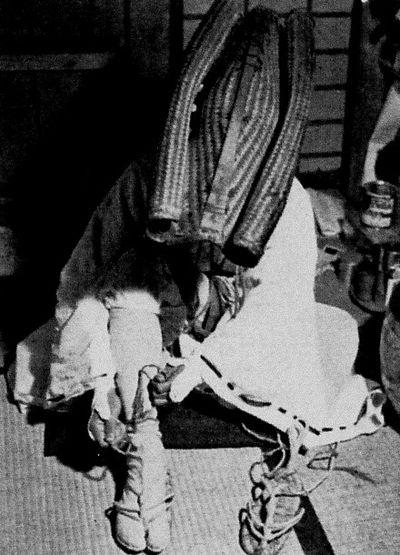
And, finally, again at Mt. Hiei there is “a famous cultivation method called kaihogyo. It was reportedly initiated by Soo (836-918), a disciple of Great Master Jikaku Ennin (794-864), but when assessed in light of intellectual history, it was invented by combining the mountain worship of ancient Shintoism with Buddhist meditation. In this method a cultivator, while regarding the mountain peaks as sacred regions where Buddhas and gods are seated in stillness, walks continuously through the mountains every day for many miles. The formally prescribed period of this cultivation method is one thousand days, with the cultivator attempting one hundred days each year and taking ten years to complete. The practice is truly demanding with such regimens as reciting mantra for seven days without food and sleep at Myooin by the Katsura River in the mountains of Hira.”
“Samadhi through continual walking,” which Yuasa also calls “meditation in motion” [undoteki meiso] has the same psychological effect as seated meditation. Yuasa explains that “while constantly repeating the monotonous movement of walking in the mountains, the cultivator holds an image of the Buddha in his or her mind the whole time. The recitation of a mantra is the same. As the cultivator continues this bodily movement, the mind will gradually cease to respond to outside sensory stimuli, and will concentrate on the mental image. In short, the repetition of bodily movement is here a means of meditation.”
The word zanmai [or sanmai] in joza zanmai (samadhi through continual sitting) and jogyo zanmai (samadhi through continual walking) is a transliteration of the Sanskrit word “samadhi” which “designates the state of a completely transparent mind in which, as a consequence of deepening meditation, no wandering thoughts occur.” According to Yuasa, “it is comparable to ‘no-mind’ [mushin] or to ‘no-self’ [muga] in which the consciousness of an ‘I’ has completely disappeared.” I note that mushin is normally regarded as the Japanese version of the Chinese word wu-shin (or wuxin), one of the many Daoist wu words, whereas “no-self” is found in the teachings of several Mahayana Buddhist schools.
Since “Samadhi through continual sitting” requires an “immovable ‘stillness’ of both mind and body,” Yuasa adds, “this form of meditation may be called ‘meditation in stillness’ [seishiteki meiso]. In contrast, the method of ‘samadhi through continual walking’ gradually leads the mind to the state of transparent no-mind by means of continuous bodily movement. Meditation in motion, and the philosophy behind it, soon greatly influenced the artistry and martial arts of Japan.”
Source:
Yuasa Yasuo – The Body, Self-Cultivation, and Ki-Energy
